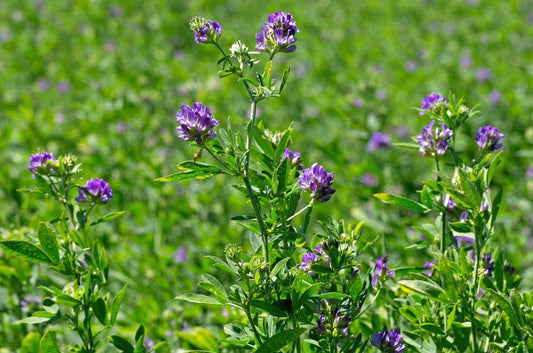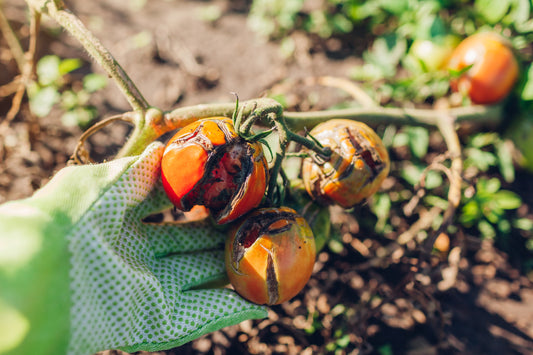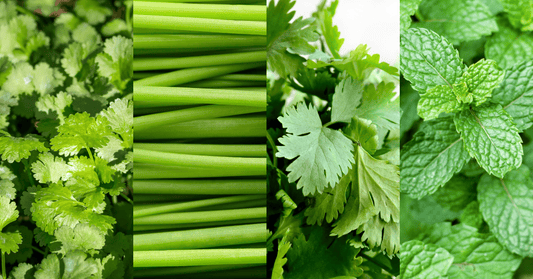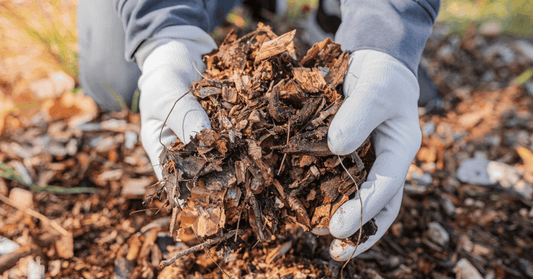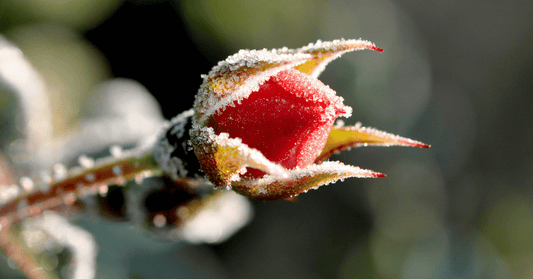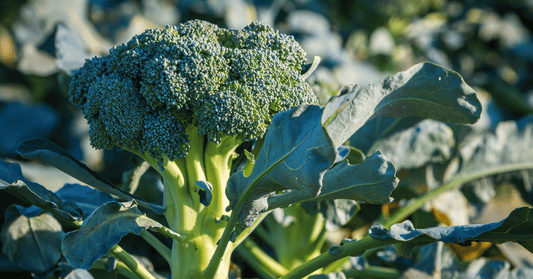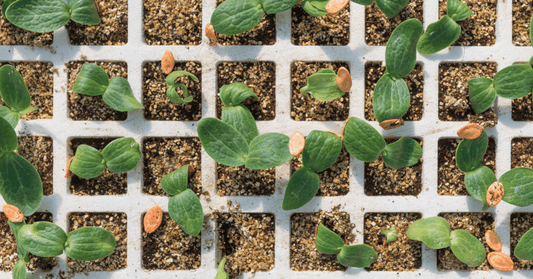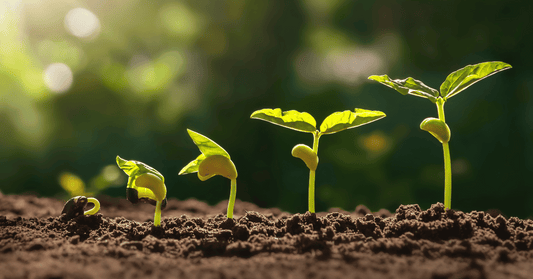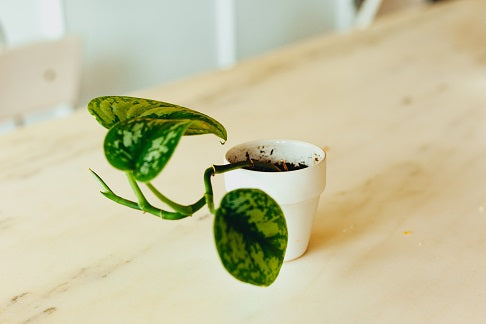
Five Tips to Keep Indoor Plants Happy
Know Your Indoor Plant
Not all plants are the same and the key to keeping them happy is to know them inside and out. Before buying or planting anything, you’ll need to do your research on which plants are best and worst for indoor conditions. Here are some of the best plants for indoors:
- Aloe Vera
- Areca Palm
- Azalea
- Bamboo Palm
- Boston Fern
- Chrysanthemum
- Dracaena
- English Ivy
- Ficus Alii
- Gerber Daisy
- Jade Plant
- Peace Lily
- Pothos
- Red-edged Dracaena
- Rhapis Palm
- Rubber Tree
- Spider Plant
- Weeping Fig
What’s the right temperature?
House plants grow best between 70 degrees and 80 degrees Fahrenheit in the day time and 60 to 68 degrees in the evening. Excessive fluctuation of low to high temperatures can cause plants to stop growing and hinder their appearance. You must keep in mind that one room in your house can have a significantly different temperature than another. Use a max/min thermometer to gage the temperature changes for different rooms.
Get the Lighting Just Right
Plants obviously need light to live, but how much? For most plants to survive, they’ll need about as much natural window light as you would need to read a book without your room lights on. While this is the ideal situation, depending on your home layout, you may not always have window space or a spot for plants to get natural light. The good news is that some plants survive okay under other lighting conditions. For example, incandescent lighting works well for ferns, vines or dracaenas, while fluorescent lights are good for plants with low light requirements and even for starting vegetables indoors. Make sure to research the plant type’s best lighting conditions and your situation before investing in growing or buying.
Pot and Water Properly
Plants need for water changes at different times of the year and growth stages. You’ll need to water plants based on their schedule and not yours. All indoor plants are different so knowing their requirements is a must. When you water the plant, water until it drains out of bottom. If the pot is completely full of the plants roots and they do not take up enough water you may have to re-pot into something bigger. Having the right pot size is very important for watering.
Protect from Invaders
Plants that are subjected to stress make them susceptible to infestation, so again, it’s important that you invest in plants that can survive in doors and are well suited for the amount of indoor light you have to offer. Dust that builds up on plants contain compounds that insects are attracted to. Make sure to wipe down your plants with a slightly moist rag regularly. When you do this, inspect them for any damage such as discoloring or speckling to hint whether there has been insects around.
